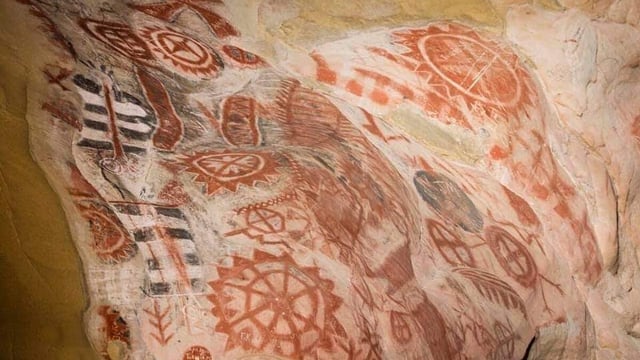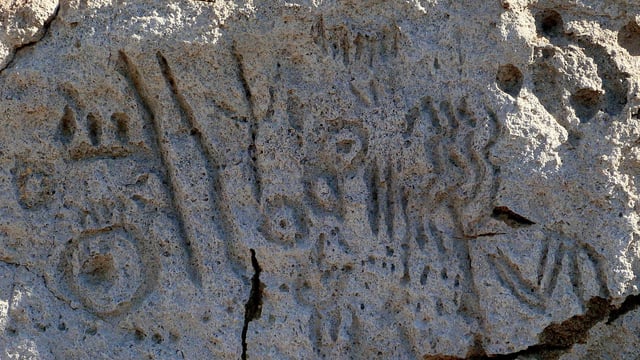California
Art, History & Archaeology Sites & Museums
The nation’s most south-westerly state, California is also its most populous and one of its most influential. Indigenous peoples of the region include the Chumash, Mohave, and Timbisha. Spanish settlement from the 18th century resulted in California becoming part of Mexico before being purchased by the United States in 1848, although its Hispanic heritage is still very evident in many place-names. California formally became a state in 1850 and saw rapid population growth in the mid-19th century, with European American migrants from the Midwest supplemented by those from East Asia and Mexico. While over three-quarters of Californians live in the metropolitan areas around Los Angeles, San Diego, and San Francisco, the state’s diverse natural environments are preserved in nine national parks – more than in any other state.
Archaeology & History Sites in California
Alcatraz Island
Probably the most famous prison in the United States, that on Alcatraz Island off San Francisco operated between 1934 to 1961. The mobster Al Capone was one of the most famous criminals interned there. It also housed a military fort and a lighthouse. Subsequently, the island was occupied between 1969 and 1971 by Native American rights protesters. The island is now a heritage attraction with boats taking tourists to see it daily.

Chumash Painted Cave
Chumash Painted Cave is a small rock shelter with some of the finest known examples of Chumash rock paintings. Besides the Chumash Native American imagery, there is also examples of early wite settlers graffiti. Dates for the paintings range from 00 to 1,000 years ago. A steep path leads from the road to this shelter, which is protected by heavy iron grill work. But it is still possible to get a good view of the rock art. Parking is only good for two small cars.

Manzanar National Historic Site
Although the area has a long history dating back some 10,000 years, the Manzanar War Relocation Center is where Japanese immigrants and Japanese American citizens were incarcerated when in 1942 the US government ordered their detention. The park is set up to be self guided. A short film and extensive museum displays in the visitors centre allow people to learn about the history of this area and the political background to it becoming an interment camp. Various parts of the historic camp can be visited, including the Mess Hall, the Cemetery Monument, the Japanese gardens and barracks.

Petroglyph Point
Petroglyph Point can be found within the Lava Beds National Monument. There more than 5,000 individual depictions, the vast majority of which are geometric designs. Making this one of the largest concentrations of rock art in California. There is still much that archaeologists do not know about these depictions, including when they were carved, and why. But it is thought some may be as old as 6,000 years.

Museums & Art Galleries in California
Getty Center
Opened in 1997, the Getty Center with its spectacular views over Los Angeles and vast collection of art is one of the most visited museums in the US. One of two locations in the Los Angeles area, the Center has five exhibition pavillions. The exhibitions include pre-20th-century European art as well as American and European photographs from the 19th and 20th centuries.

Getty Villa
This was the first of two locations established by the Getty in Los Angeles. The museum, in the Pacific Palisades, resembles a Roman house, based on the Villa of the Papyri at the archaeological site of Herculaneum in Naples, as well as other Roman sites. The Villa has a collection of over 44,000 artefacts from ancient Greece, Rome and Etruria. These range in date from 8,500 BCE to 400 CE.









